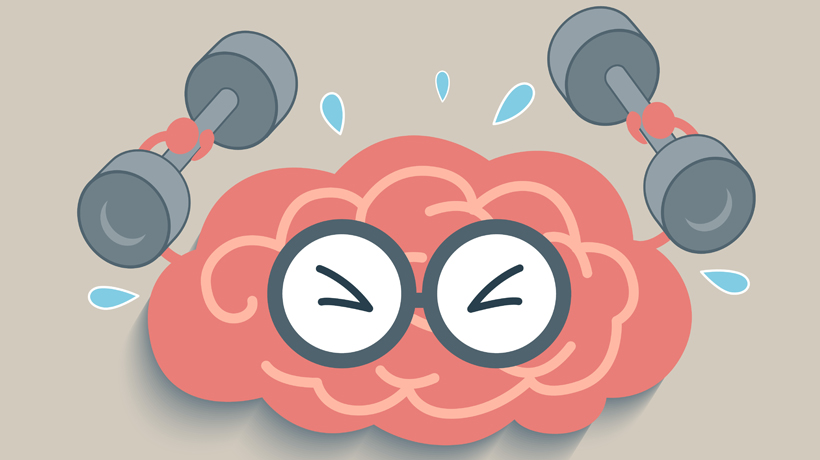Your comfort zone is a real physical thing. It’s the network of pathways that your brain built from past experience. These pathways feel comfortable for 2 reasons:
Electricity flows through them effortlessly, and this flow is our sense that we know what’s going on around us.
Your brain built your old pathways from past experience with rewards and pain, so it feels like rewards and pain are predictable when you follow them.
Leaving your comfort zone feels bad, but being stuck inside it feels bad too. Fortunately, you can expand your comfort zone by building new neural pathways. Just follow these steps.
1. Choose the specific new pathway you want to build.
For example, “I want to feel comfortable at a social event without a drink.” Or, “I want to feel comfortable saying no to a certain person.” Focus on something you have control over. You don’t help yourself when you say “I want the world to change.”
2. Accept your old pathways.
We don’t notice our neural pathways because we’re used to them. When they activate, we take it as information about the external world. It’s hard to believe your discomfort is just electricity flowing down an old internal pathway. These paths are not all bad. They allow us to make sense of the world because we are not born hard-wired with the survival skills of our ancestors the way animals are. We are born with billions of neurons but very few connections between them. Our connections build from each experience of pleasure or pain. Each brain sees the world through the lens of its unique past experience. Recognizing your old pathways helps you have power over them.
3. Celebrate your power to carve new trails through your jungle of neurons.
Neural pathways build effortlessly when you’re young, which is why you didn’t notice you were building them. Later on, it takes lots of energy and repetition to build them. That’s what it takes to get the electricity in your brain to flow along neurons that haven’t already been developed. If you feed your brain a new experience repeatedly, those connections will build.
4. Design the specific action you will repeat.
For example, “I will generate positive expectations about the social event I am about to enter, and find a non-alcoholic food or beverage that I enjoy.” Or “I will value my needs when I’m with that certain person, and trust in my skill to express them.” You have the power to repeat your new choice because you know that the uncomfortable feeling does not mean it’s a real external threat.
5. Know your cortisol.
Your brain has an emergency alarm system that turns on when you approach anything even vaguely similar to something that hurt you before. Cortisol is triggered and it feels like imminent doom because that’s how cortisol does its job. It evolved to protect you from ever touching fire a second time. It’s designed to warn you of social consequences that could mean the annihilation to your genes. Each cortisol surge paves a neural pathway that turns it on faster in the future. When you look at your discomfort this way, it’s less powerful.
6. Send the electricity in your brain down a new path.
You don’t know how to do this consciously, but you are doing it all the time as you choose whether or not to “go with the flow.” You can let your electricity flow down the path of least resistance or invest energy in activating neurons that are not yet connected. You can blaze the new trail if you focus on the behavior you want instead of the behavior you don’t want. Approach the challenge with a nice reserve of energy instead of squandering your energy in other ways. You have billions of extra neurons just waiting for you to activate them.
7. Repeat for 45 days without fail and you will forget to feel bad!
Your new choice will feel safe and natural because you have given your electricity a new place to flow. The old path will still be there but now you have another way to turn on your happy chemicals and avoid unhappy chemicals. By day 46, you’ll be ready to start a new comfort-zone expansion project.
Learn how to rewire yourself in my book, Habits of a Happy Brain: Retrain your brain to boost your serotonin, dopamine, oxytocin and endorphin levels.
Visit the Inner Mammal Institute for many other free resources on your happy brain chemicals and your power over them.



